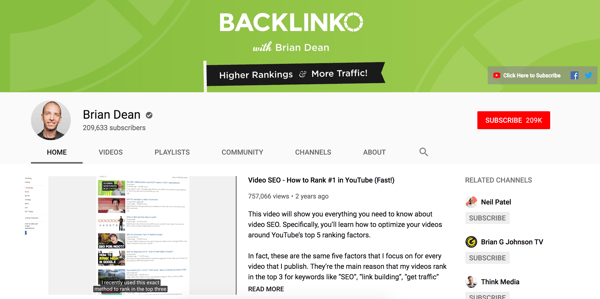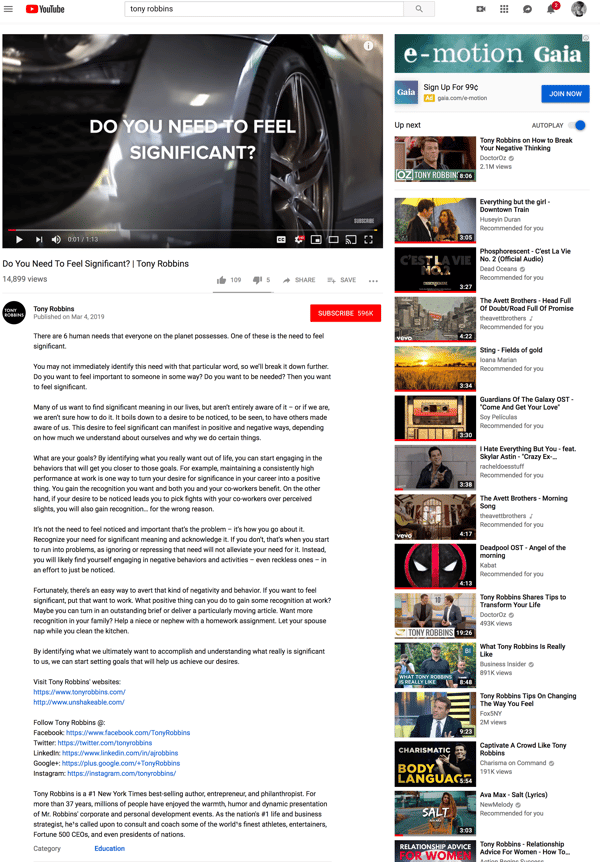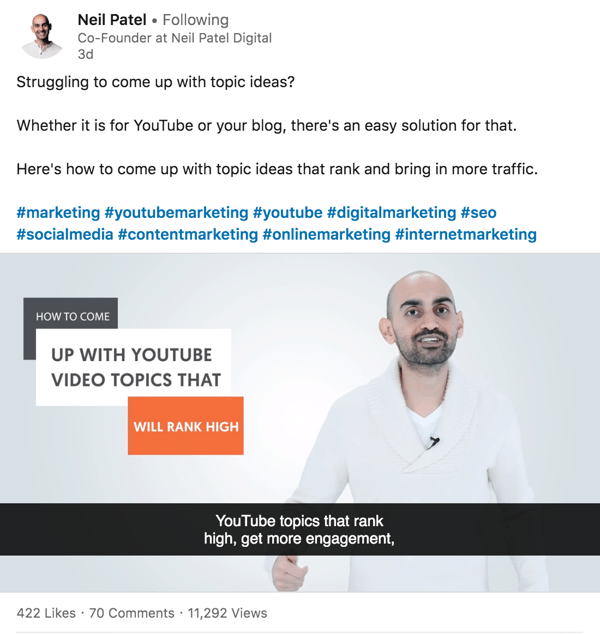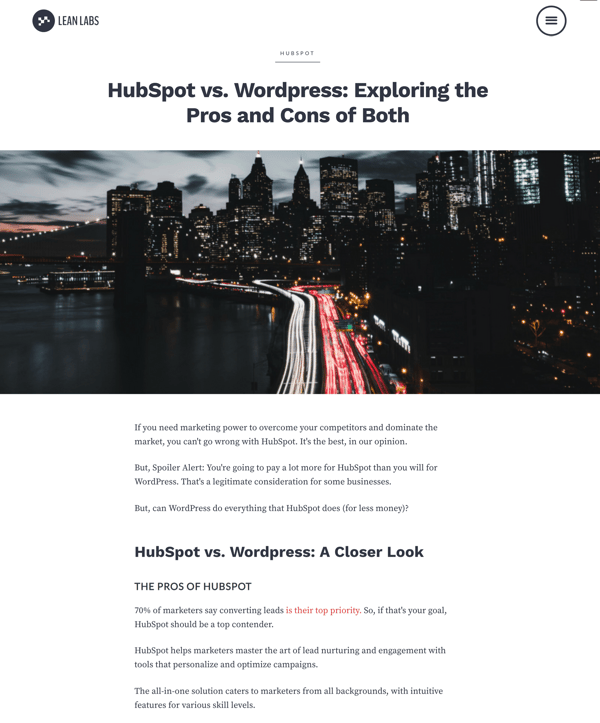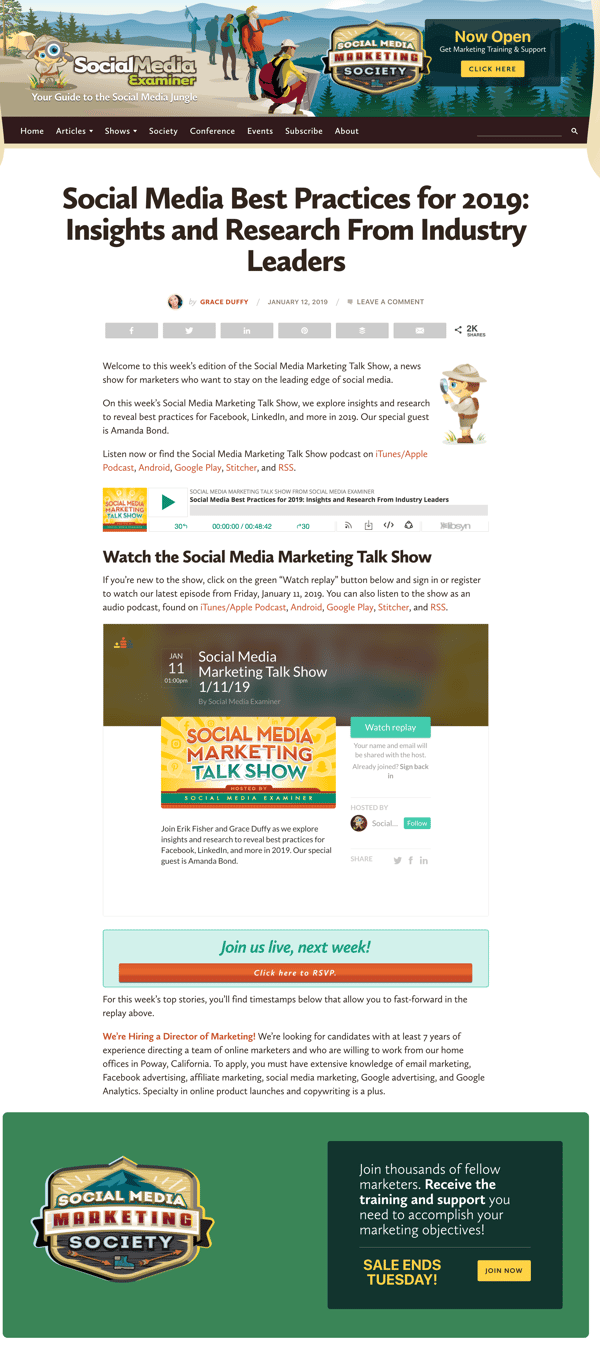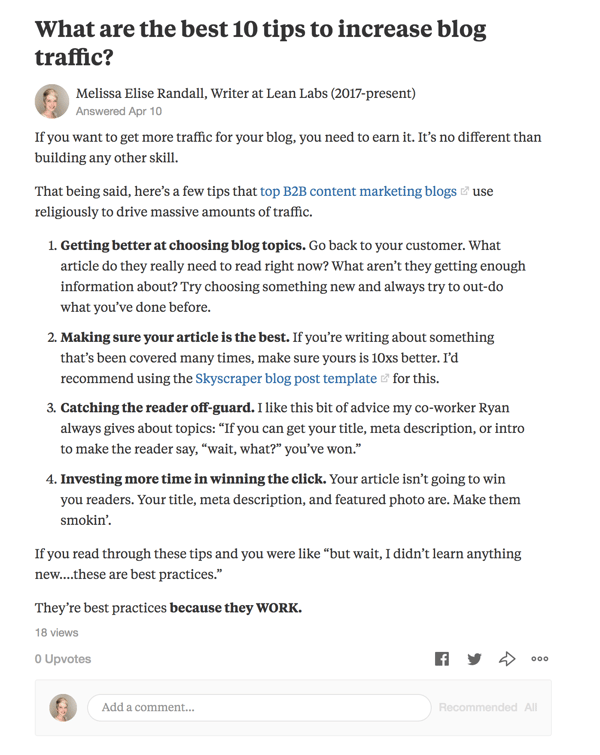The goal of any content creation effort is obvious. A return on your investment. You want everything you create to provide a return.
But improving marketing ROI isn’t that straight-forward.
Every company is different. Your goals are different. And although best practices can guide you, you’ll have to experiment to find the best channels, platforms, and distribution methods. You’ll have to work and rework your engagement strategy.
Basically, there’s no way to drastically improve ROI overnight. However, there's a few critical things to know that can help you save a ton of time testing and optimizing your approach.
How To Improve Marketing ROI When You've Tried Everything Else
When you’re trying to improve the ROI of your content marketing, it’s common to try any tip you can get your hands on. But the first place you should start is with your actual content. If you’re not producing exceptional marketing content, you’re going to have a hard time improving your marketing ROI.
It’s like trying to sell a cubic zirconia ring for the value of a diamond. You can try every trick in the book, but you’re not going to make it happen. That's why being customer-centric (you can read more about our approach here) is so critical when you're developing content.
You need multi-functional, high-value assets that can do more than bring in organic traffic. And you need to spread those assets everywhere.
In my experience, you can accomplish this by:
1. Creating A Multipurpose Video
Videos are great to share on YouTube or embed in blog posts. But video production can be costly. If you make a video asset, and only post it in one place or share it on one channel, you won't get much ROI from it.
You can avoid this by creating video assets that are multi-functional, such as:
An industry best practices video
Every industry has best practices to follow. You can shoot footage that covers these best practices and split it. You can easily repurpose this HubSpot masterclass about lead nurturing, for example, into short clips for social, marketing material, a series for YouTube, a course, and blog content.
A frequently asked questions series
I love a good FAQ video. Not only does a FAQ video make great content for your website, but you can also edit the footage to make a series of Q&A clips to use throughout social media and in an email nurturing series. You can also spin this video into a blog post and tease “secrets”, like this example above from Neil Patel.
A vision and methodology video
A video that you can use across your website, social platforms and sales process is an asset conveying your vision or methodology. What problem do you exist to solve? What’s your unique process?
I like that video from Brian Dean with his tips to rank #1 on YouTube, which he also has the featured video on his YouTube channel. You can also turn a vision or methodology video that covers your secret sauce into a recorded workshop or webinar.
2. Repurposing High-Performing Blog Assets
Another important aspect of getting more ROI from your content is learning how to distribute the assets you already have. If I were struggling with proving the ROI of my material, I’d go back and find my best-performing blog and marketing material.
You should share these assets 2-3 times a month, but you can also turn them into a video or a podcast recording.
I love this video from the Tony Robbins YouTube channel about feeling significant. However, I would not have put such lengthy content in the description.
Instead, I would have linked off to a blog post that covered the topic in more detail. You can also direct the viewer back to that blog post in the video itself.
The same goes with this video from Neil Patel. Neil knows what he's doing with LinkedIn video, but I'd add a link to this post to lead them back to my site.
3. Maximizing Your Sharing And Distribution Frequency
How often should you share a blog asset?
I think a lot of people assume once or twice is enough. However, if you want to get more ROI from marketing assets, you need to share them multiple times a month.
To get the best results, you should:
- Automate a post to go out on various channels, 2-3 times a month
- Switch out the message per post, as well as the featured photo
- Schedule the asset for different days and times
- Link blog content into relevant nurturing emails
Additionally, I'd recommend getting team members to share posts a few times across their profiles. You can also get team members to link blog content within Quora responses.
4. Going "All-In" On 2-3 Pillar Pages
Pillar pages are great for organic traffic, but they're also fantastic resources for your website visitors. The key is to choose topics that you can provide subject matter expertise. You also want to select a topic that's going to provide a lot of value for your potential customer.
One of our pillar pages, for example, is comparing HubSpot vs. Wordpress. Our ideal client asks this question a lot, so providing them with an in-depth pillar page that takes all of their concerns into consideration is a great investment for us. It attracts organic traffic, but it's also a resource we can use within emails and the sales process.
I'd also recommend creating a video that teases this page.
5. Keeping Dated Content Fresh
Evergreen content is ideal, but chances are, you still have blog content such as "12 Best Practices For Digital Marketing in 2017," with a year on it. During that year, that blog post serves a lot of value. You can give it new life by updating the post and openly talking about the changes you've made.
Social Media Examiner went even further with a recent social media best practices post by adding:
- An embedded audio file
- A link to their talk show
- An opportunity to RSVP to the talk show
- A CTA to download a special training
I also love the idea of creating a video or doing a Facebook Live that covers the differences between that year and the present time. If it's a piece that talks about industry standards, vendors of the year, or trends, you can also make it a point to update that more frequently.
6. Investing In Guest Posting
Guest posting may feel like a tired tactic, but with the right approach, you can make it feel fresh. A high-quality interview from an expert within your respective industry is great blog content, and can also be repurposed into an audio and video asset.
While getting high-profile guests can be challenging, up and coming people within your respective industry are usually more than willing to participate. I'm sure that Dan Petrovic didn't know, but could have guessed, that Rand Fishkin would be a significant influencer in digital marketing in this interview from 2013.
To date, the asset has over 2,500 views. An interview with a rising star will continue to provide value. Compensate them well for their contribution, and include requests for them to share and distribute their posts to their network.
7. Turning Your Employees Into Engaging Experts
Everyone on your team is a master in something, and they could be owning that subject matter expertise online. I love finding ways to involve our entire team in Lean Labs content, even if I only interview them for a post.
Then, I spread that content across LinkedIn, Twitter, and Quora - whenever I think it will provide value.
Imagine if at least 2-4 of your team members did this weekly. You could reach their networks and increase the reach of your content. And it's to their benefit since they can use it to promote themselves.
Getting The Best ROI From Marketing
These are just a few tips for getting more ROI from marketing. But aside from these tips and exceptional content, to get the best possible return on assets, you also need a great marketing strategy.
With the right strategy in place, you can ensure that all of your marketing material fits within your buyer journey, and gives any potential customer whatever they need, whenever they need it.

